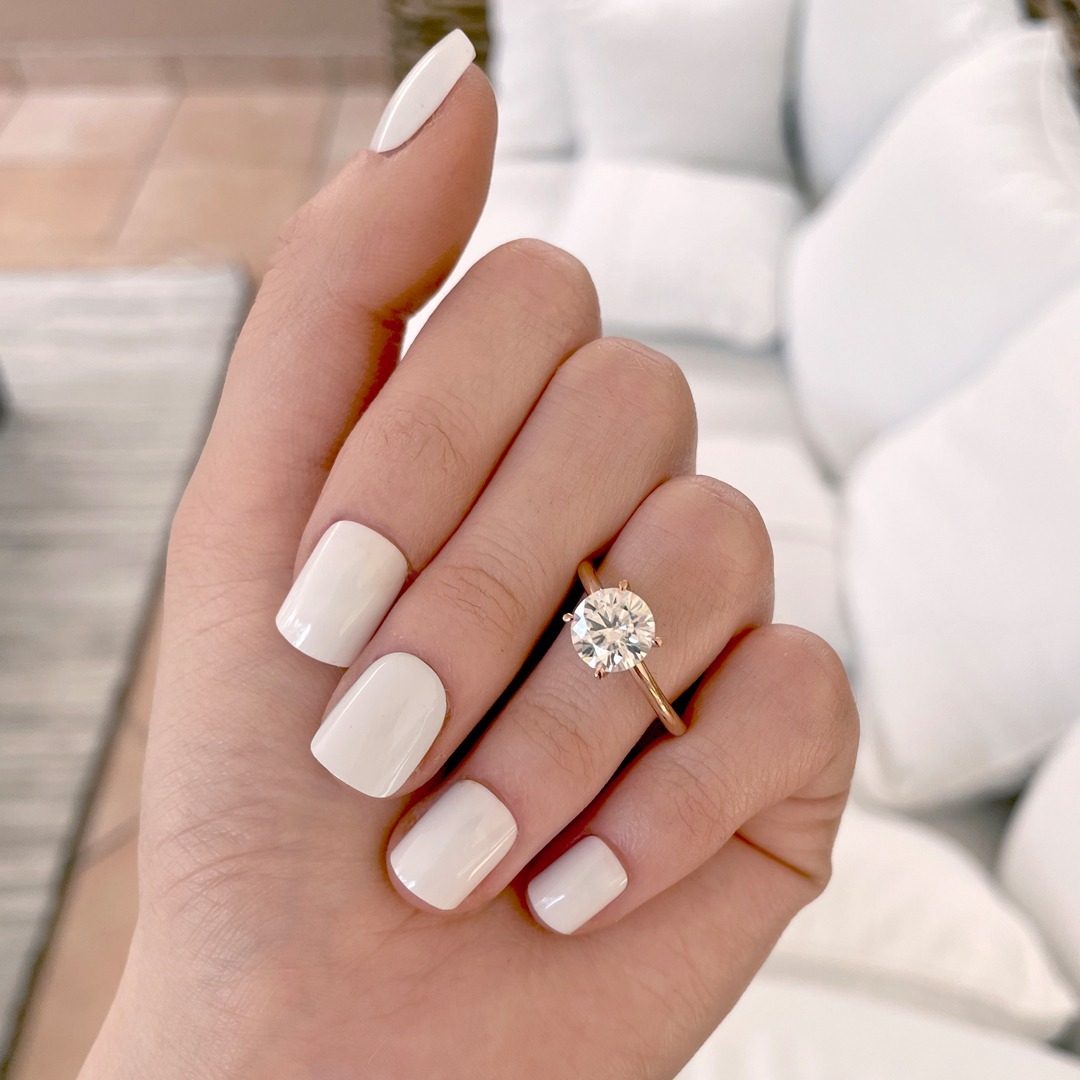
What Are Claws in Diamond Ring Settings?
claws for lab grown diamond rings are small metal prongs or tips that hold the diamond securely in place. They are designed to ensure that the diamond remains stable and does not shift or fall out. Claws are a critical part of the ring’s setting, and their design can affect the overall appearance of the ring. They come in various styles, including single claws, double claws, and bezel settings, each offering different levels of security and visual appeal.
Types of Claws for Lab-Grown Diamond Rings
When selecting claws for lab-grown diamond rings, you have several options to consider. Each type of claw offers unique benefits:
- Single Claws: Single claws, or prong settings, are the most common choice. They allow maximum exposure of the diamond, enhancing its sparkle. For lab-grown diamonds, single claws are popular because they highlight the stone’s brilliance and cut.
- Double Claws: Double claws provide additional security by using two prongs instead of one. This type is particularly useful for larger lab-grown diamonds, where extra support is necessary to prevent movement or damage.
- Bezel Settings: In a bezel setting, the diamond is surrounded by a metal rim rather than being held by claws. This setting style is ideal for those seeking a sleek and modern look while ensuring that the lab-grown diamond is well-protected from impacts and scratches.
Choosing the Right Claws for Your Lab-Grown Diamond Ring
When selecting claws for lab-grown diamond rings, consider both the style and the practicality. The choice depends on factors such as the diamond’s size, shape, and the wearer’s lifestyle. For instance, if you lead an active lifestyle or work with your hands frequently, opting for a bezel setting or double claws might be more suitable to ensure maximum protection.
The Role of Metal Type in Claws for Lab-Grown Diamond Rings
The metal used for claws in man made diamonds rings can also affect both the ring’s appearance and its durability. Common metals include:
- Platinum: Known for its strength and durability, platinum claws offer exceptional security for your lab-grown diamond. Its natural white sheen also complements the diamond’s brilliance, making it a popular choice.
- Gold: Both yellow and white gold are used for claws. Yellow gold offers a classic look, while white gold provides a similar appearance to platinum but at a lower cost. Gold claws are versatile and can be customized to match various ring styles.
- Rose Gold: For a unique and modern twist, rose gold claws can add a warm, pinkish hue to your lab-grown diamond ring. This choice pairs well with contemporary designs and adds a touch of elegance.
Maintenance and Care for Claws on Lab-Grown Diamond Rings
Proper care and maintenance of claws for lab-grown diamond rings are essential to ensure the longevity of both the setting and the diamond. Regular inspections by a professional jeweler can help detect any potential issues with the claws, such as loosening or damage. Cleaning the ring regularly will also help maintain its sparkle and keep the claws in optimal condition.
Customizing Claws for Lab-Grown Diamond Rings
Customizing claws for lab-grown diamond rings allows you to create a unique piece that perfectly matches your style and preferences. Many jewelers offer customization options, including different claw shapes, metal types, and settings. Working with a jeweler to design your ideal claws ensures that your lab-grown diamond ring is not only beautiful but also personalized to your taste.
The Impact of Claws on the Overall Look of Lab-Grown Diamond Rings
The claws used in a lab-grown diamond ring can significantly impact its overall look. For example, delicate, thin claws might give the ring a more delicate and elegant appearance, while thicker, more robust claws can provide a bold and secure look. Choosing the right claws can enhance the beauty of your lab-grown diamond while ensuring it is held securely and comfortably.
Conclusion
Claws for lab-grown diamond rings play a crucial role in both the security and appearance of the ring. Understanding the different types of claws, their benefits, and how they can be customized will help you select the perfect setting for your lab-grown diamond. Whether you prefer the classic elegance of single claws or the modern sophistication of a bezel setting, the right choice will ensure that your lab-grown diamond ring remains a stunning and lasting symbol of your commitment.
